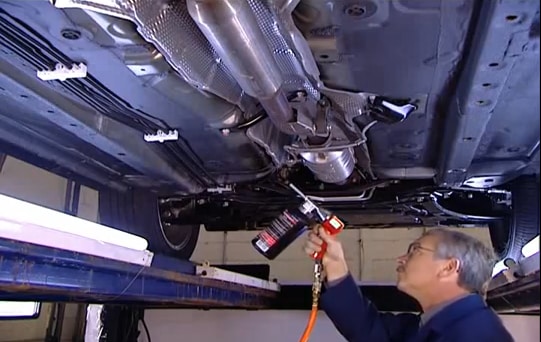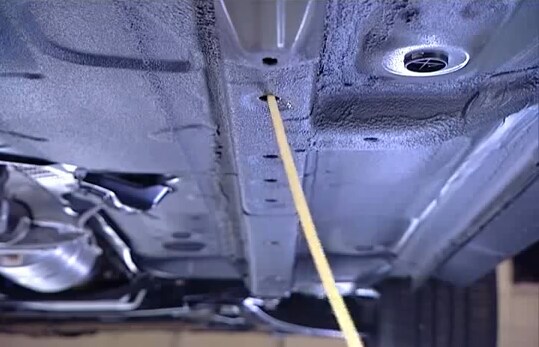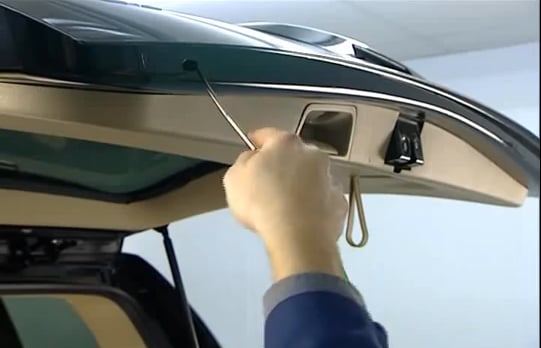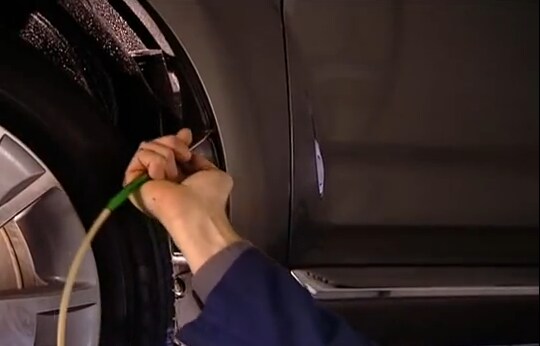How Can You Protect Your Vehicle from Corrosion and Rust?
Despite recent advances in the materials and manufacture of vehicles, corrosion is still with us. You can hardly miss the effects of rust as you commute to and from work. The sight of cars and trucks with rusty fenders, doors and frames is as common now as it was decades ago. In fact, the need for corrosion protection has become more urgent that ever.
What are the causes of Corrosion and Rust?
Many transportation experts blame the new generation of road de-icing chemicals, particularly magnesium chloride. This compound forms a crystalline film on the body and the windows of vehicles that is difficult to wash off. "MagChlor" draws moisture from the air and the residue on the vehicle becomes actively corrosive at humidity rates below 25 percent. Adding to the threat is the fact that many government entities use magnesium chloride for dust control on dirt and gravel roads. For many vehicles exposed to a range of driving conditions, magnesium chloride can be a year-round problem, not just a seasonal one. For a great example of the corrosive properties of magnesium chloride, watch the following video presentation on "Rust : Prevention and Treatment - Chemistry for All" created by the Fuse School

Rowe Ford Westbrook is an authorized installer of VALUGARD™ rustproofing and undercoating products and services.

Unprotected brake lines showing severe degradation and vehicle undercarriage showing excessive corrosion.

Unprotected undercarriage showing signs of corrosion.
No holes need to be drilled. The wax sealant only adheres to metal and will not plug any of the existing drain holes.

Rustproofing being applied to a vehicles undercarriage.

Rustproofing being applied to a vehicles sub-frame.
Fortunately, rust/corrosion prevention is still possible. By following a regular program of corrosion prevention coating, anti-corrosion spray, and other maintenance, you can keep your car in excellent condition. Here's how we can help to protect your investment at Rowe:
1. We start from the inside. The mechanism of corrosion requires that an electrolyte, usually water, come into contact with the steel. Therefore, whatever you can do to prevent this interaction is critical to achieving anti corrosion protection. By applying an anti-corrosion spray wax to all enclosed panels, rust and corrosion can be prevented from the inside-out. The wax is inserted into selected vehicle cavities located in the doors, hood, trunk frame, fenders, quarter panels and rocker panels through the existing drain holes. Unlike some processes still used today, no holes need to be drilled. The wax only adheres to metal and thereby forms a barrier that prevents the electrolyte from coming into contact with the metal. The wax sealant will not plug any of the existing drain holes.
2. We protect your vehicles underbody. The underbody of the vehicle takes a daily pounding from the environment, which can cause rust to form on the floorboards and brake lines. We spray on a quality asphalt-based anti-corrosion coating designed to withstand the impact of road debris that protects the underbody and prevents the formation of rust. A key advantage of the asphalt-based products we use is that, unlike commonly used rubberized coatings, they will not peel or flake off.
These two preventative steps can keep your vehicle rust and corrosion free, enjoy it more and increase its trade-in value.
Please call 207-854-2555 or 800-872-7693 and ask to speak with someone in the finance department. They will go over the pricing with you and answer any questions that you may have prior to scheduling your vehicle to be rustproofed.

Rustproofing being applied to a vehicles rocker panel.

Rustproofing being applied to a vehicles hood.

Rustproofing being applied to a vehicles hatch.

Rustproofing being applied to a vehicles wheel well.